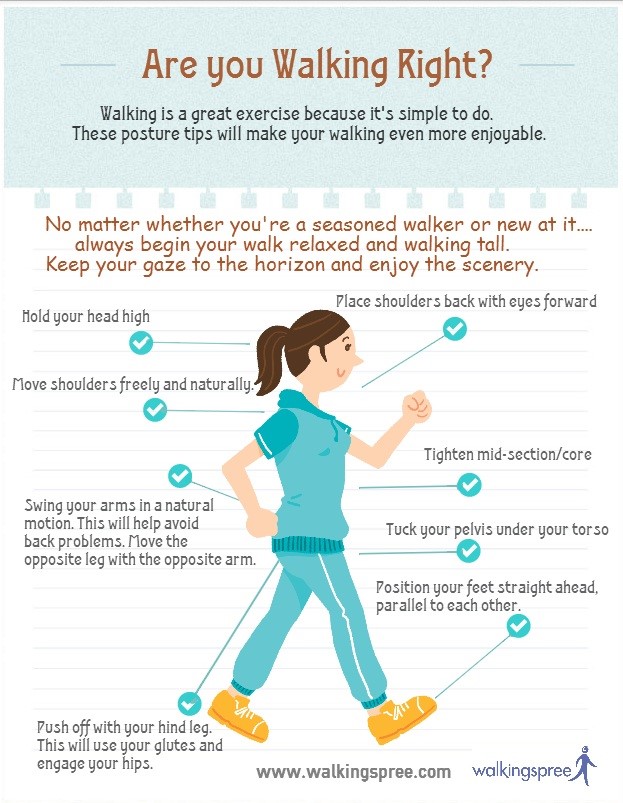According to a study, how the foot is positioned prior to ground contact when walking or running could increase risk of sprained ankle, otherwise known as a twisted ankle.[1] The results of the research found that people who have a history of repetitive ankle sprain demonstrated lower clearance heights between their feet and the floor during running and pointed their toes down more during walking. A sprained ankle is the most common sports-related injury, and many who experience a sprained ankle will go on to develop chronic instability, suffering repetitive ankle sprain during their lifetime.
Practically everyone who’s physically active will experience a twisted ankle at some time. A lot of people develop painful repetitive ankle injuries which can decrease performance as well as increase ankle osteoarthritis risk. The researchers identified factors in foot positioning just before ground contact which could predispose some individuals to these repetitive injuries. This information can help clinicians create rehabilitation programs which address movements which could have previously been ignored.
The study collected data on more than 30 male recreational athletes, some with a history of repetitive ankle sprain and some without. Motion capture equipment was used to analyze joint movements and forces in individuals while walking and running. The study was unique because it analyzed all 3 possible ankle motions and involved individuals who had different kinds of ankle instability.
Even though such motion capture equipment might not be available for analysis of patients in rehabilitation clinics, the results can be applied to any physically active individuals who suffer from a twisted ankle.
The study shows there are differences in movements at the foot and ankle in an injured population that may respond to rehabilitation interventions beyond standard strengthening and stretching. The next step is to determine if targeted interventions can treat and also prevent ankle sprain by trying to influence how people walk and run.

Image Source – walkingspree